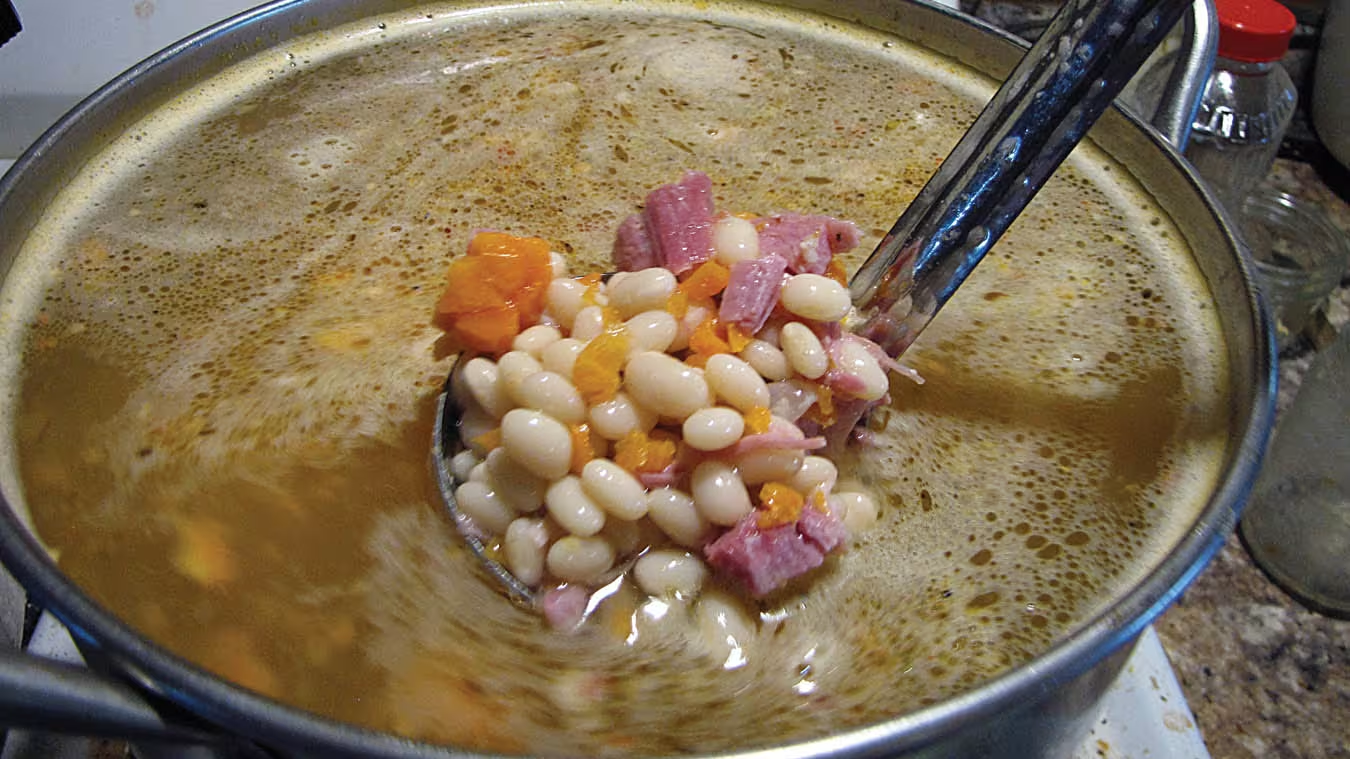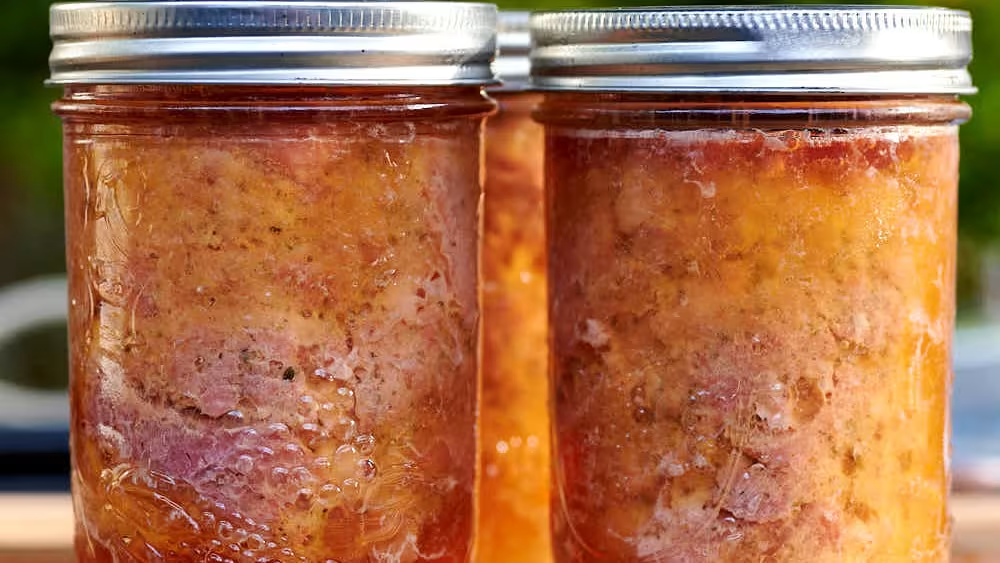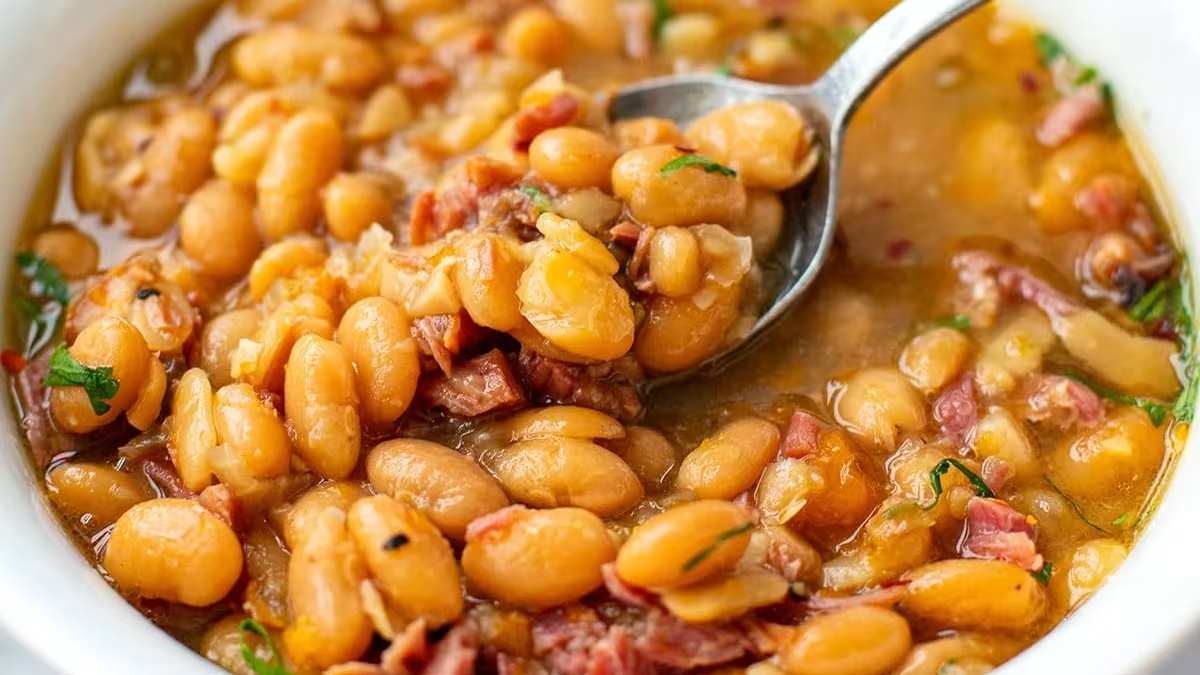
Delicious Canning Ham Recipes: Preserve Flavor for Every Occasion
Written by Jessica Lopez
Published at 26-08-2023
Edited on 04/08/2025 | 10:15 AM
Meat-Based RecipesCourse: Preserve
Cuisine: American
Difficulty: Medium
Servings
Makes 4-5 pint jars
Prep Time
30 minutes
Cooking Time
1 hour 30 minutes
Total Time
2 hours
Fat
8g per serving
Protein
18g per serving
Carbs
2g per serving
Calories
200 kcal per serving
Canning ham is a fantastic way to preserve this savory meat, ensuring you have delicious meals on hand whenever you need them. Whether you're looking to enjoy a tasty ham sandwich, a hearty stew, or a comforting casserole, canning allows you to lock in the flavors while extending the shelf life of your favorite dishes. With the right techniques, you can create mouthwatering canning ham recipes that are perfect for any occasion, from festive gatherings to everyday dinners.
The process of canning ham may seem intimidating at first, but it’s easier than you think! Not only does canning allow you to take advantage of seasonal hams when they are at their best, but it also gives you the flexibility to create your favorite recipes in advance. Imagine having convenient, ready-to-eat meals stashed away in your pantry that only require a quick heat-up! Plus, canning is a great way to minimize food waste and make the most of your grocery budget. In this post, we will explore a delightful canning ham recipe that’s not just simple but also packed with flavor.
You’ll learn about the essential steps involved in safely canning ham, along with tips for getting the best results. So, roll up your sleeves and get ready to dive into the world of canning ham recipes, where scrumptiousness meets sustainability! Let’s start preserving those delicious ham flavors today!.


